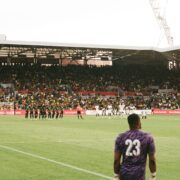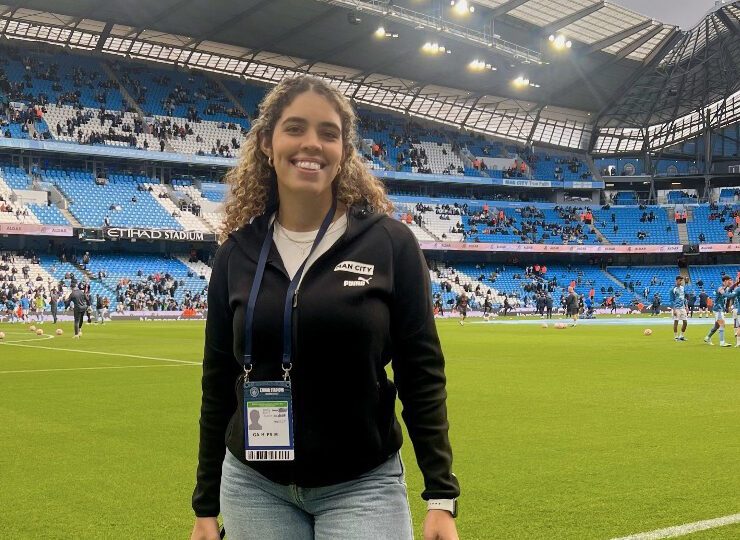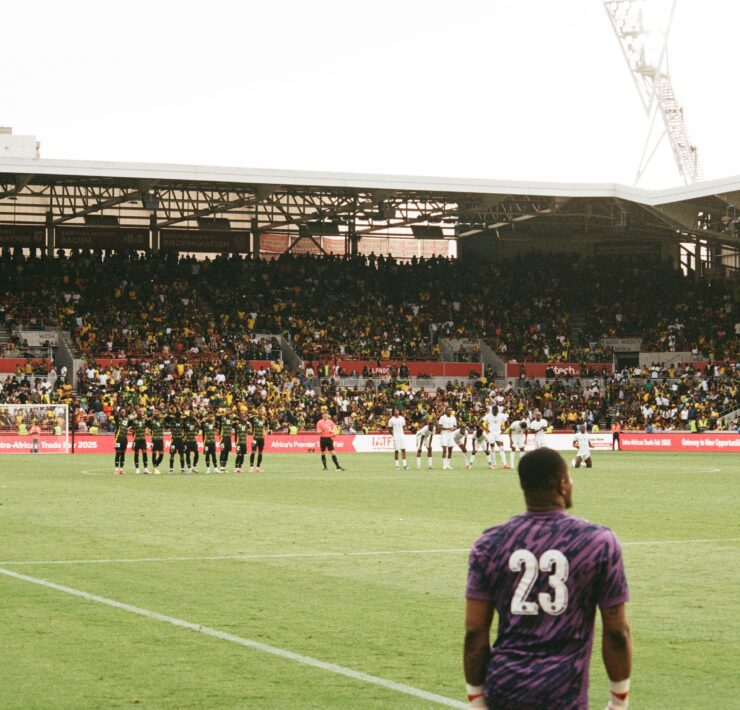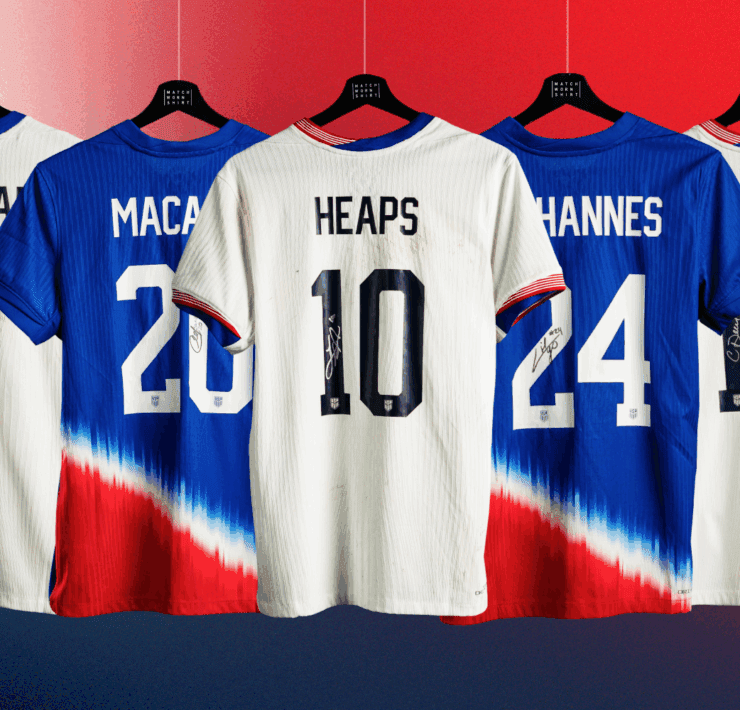The Art of the Rework: Savannah Oh on Style, Sustainability, and the Game
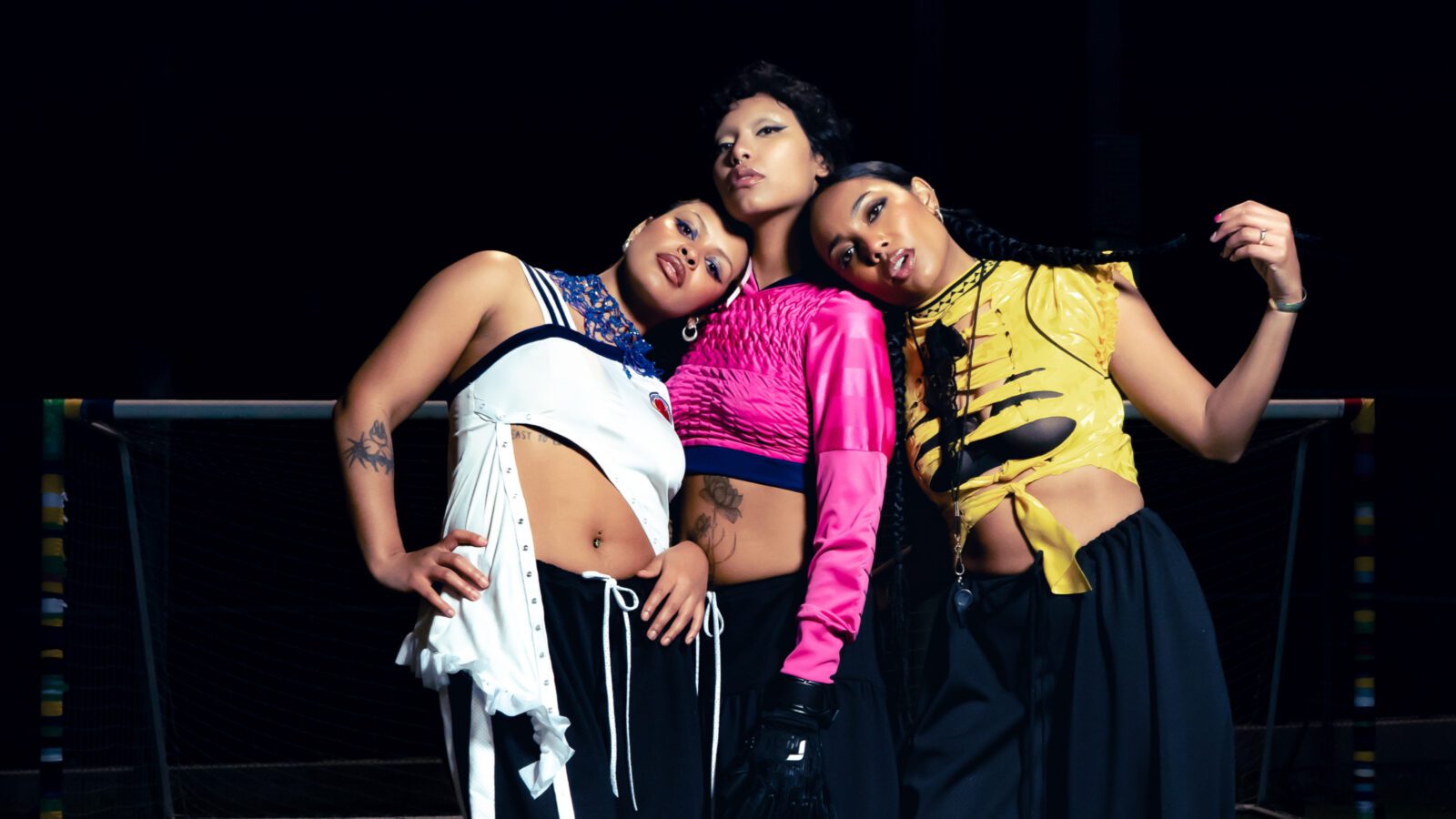
The worlds of soccer and fashion continue to intersect in new, dynamic ways. Yet few individuals are blending history, sustainability, and community quite like Savannah Oh. A former player turned upcycling artist, Oh brings new life to vintage jerseys while pushing against fast fashion’s wasteful practices. But as much as Oh’s journey is about reimagining fashion in soccer and the connections made, it is also a story about renewing her love of the game. In this conversation, Savannah shares how soccer, family and a deep sense of purpose continues to inspire her work.
41: Tell me where you’re from? A quick rundown about you and your background.
SO: I’m from the Bay Area in California. I’m currently based in Brooklyn, New York and I have about 20-plus years of experience playing soccer all over California, which is how I started upcycling jerseys. Now I’m currently working out of a little studio in my house as an upcycler.
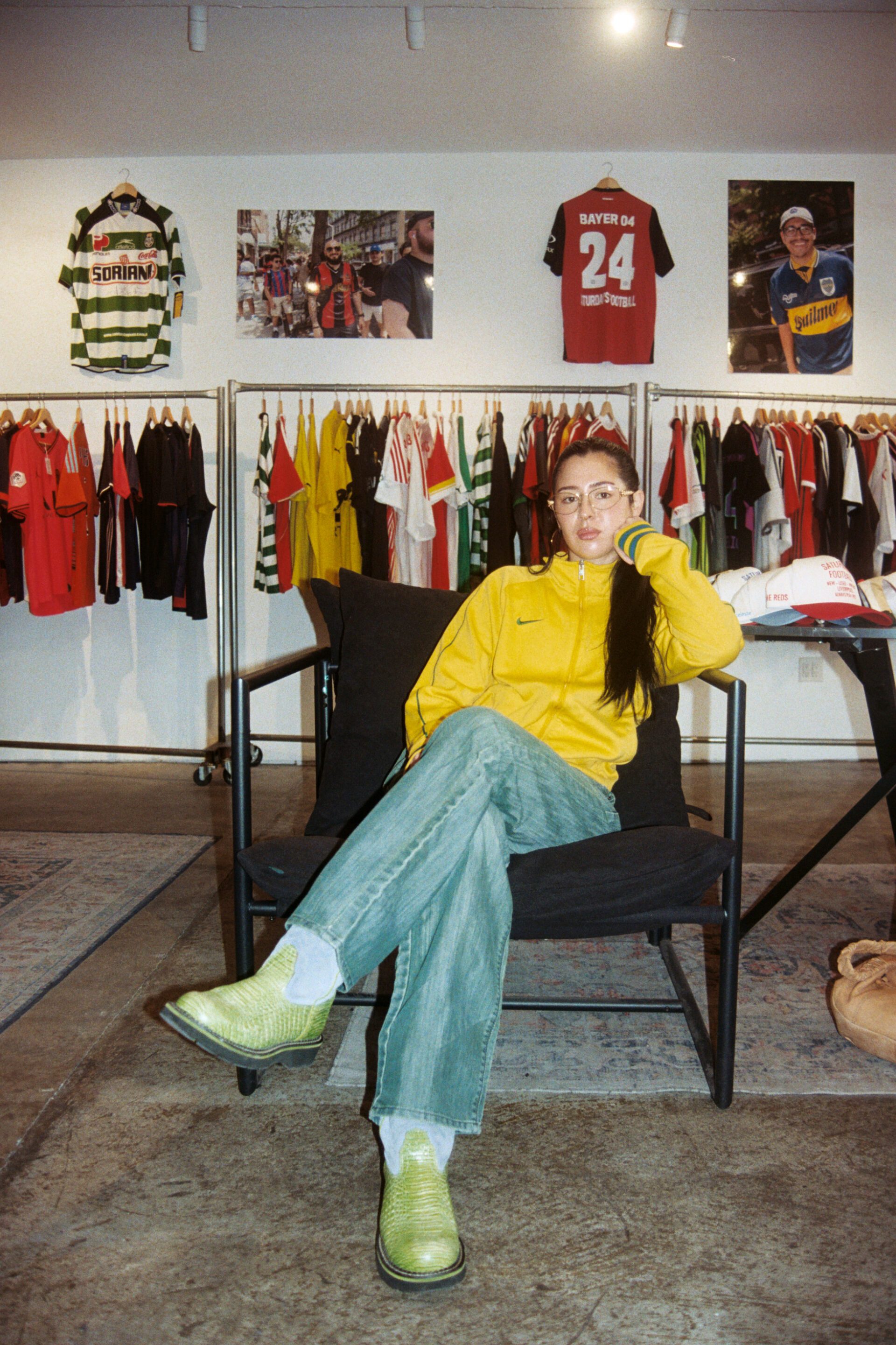
How did you get involved in soccer? What were some of your influences growing up?
Soccer is a big part of my family. My dad is Irish, born in the UK but played high school soccer in Malaysia. My mom’s from Incheon, Korea. My parents met in Houston and they introduced me and my siblings to a lot of sports. Soccer was the one that came most naturally to my sister and I. She was always the most competitive one, and we spent weekends traveling across California for tournaments. My brother and I always tagged along, and so when I started playing it was a natural extension from having it be a big part of my life.
To be honest, I had a love-hate relationship with soccer. Some of the coaches I had at a young age didn’t make it a fun environment but I stuck with it. My sister went on to play at Stanford, and my parents hoped I would follow her, but I ended up playing at Berkeley instead. I didn’t have the best experience there and I stopped playing when I was 19. But through it all, soccer and family was my childhood, essentially.
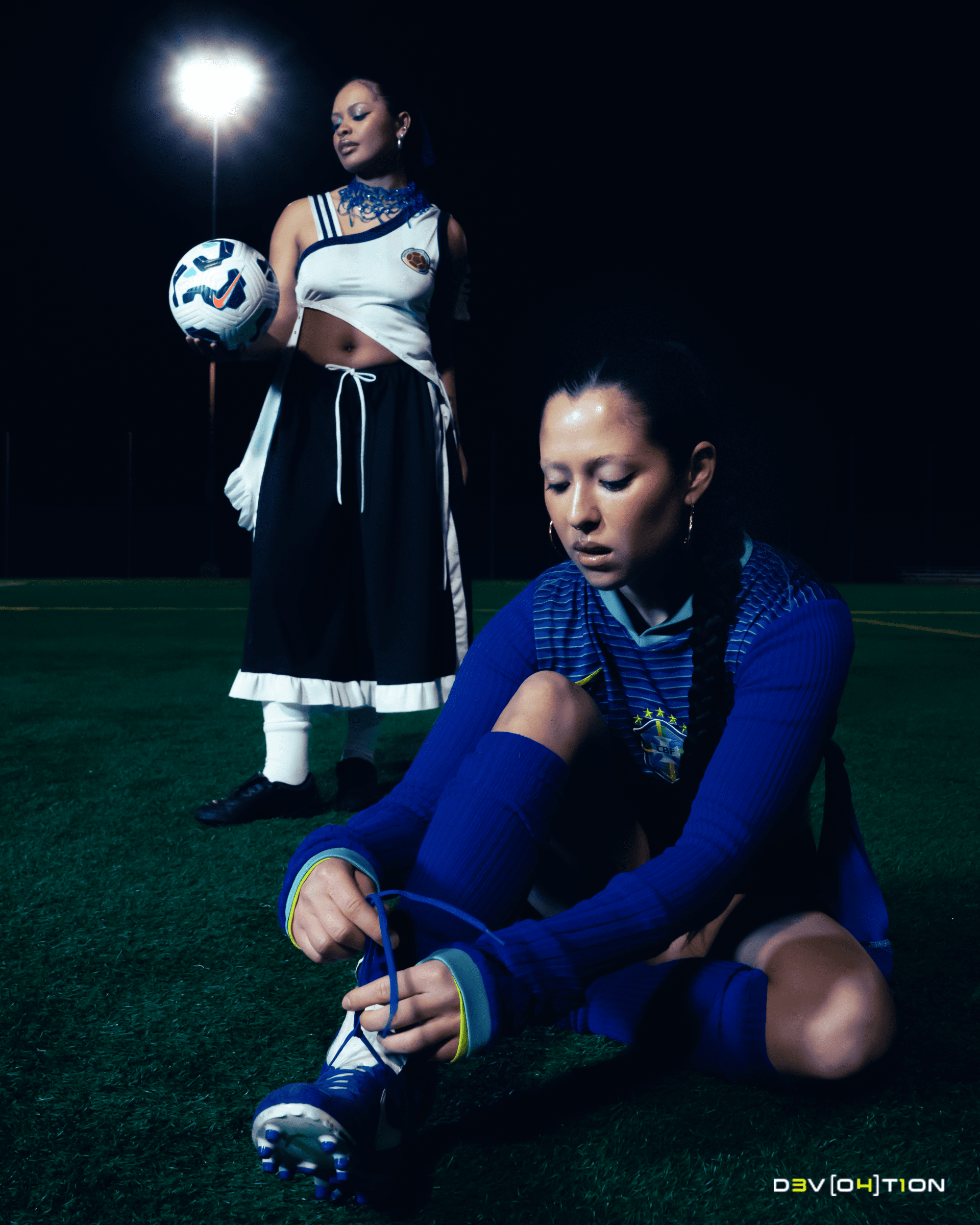
When did you develop a love for fashion, and who were your influences?
Looking back now, I was always a creative kid, and I felt that growing up. But it was something I struggled with as well. I was okay in school, but I wasn’t super book smart. My parents wanted me to go to the best schools for soccer but I wanted to explore art and fashion and photography. My uncle was the only family member I knew that was into high fashion. He always had fashionable girlfriends around and I was enamored with that world. It’s interesting because everything I loved when I was young has been what I’ve loved my whole life.
When did you start to intersect your love of fashion with your love of soccer?
I always wore soccer jerseys, especially the vintage ones. They’re just really beautiful and a little bit more playful than current jerseys. I found a lot more inspiration from archival soccer jerseys than anything that’s out now.
My sister had a jersey collection too. She was actually the one that reached out and asked me to upcycle one of her jerseys. I surprised her with it for her birthday and people loved it. I was upcycling for about a year but I never saw anyone reworking soccer jerseys. And I winged that process completely, it was a lot of exploration on how I can change this in an interesting way. And the reaction from my sister’s set gave me space to explore more feminine silhouettes with long, boxy vintage jerseys. Once I started that process, I saw how many ways I could flip them and how I can blend soccer and fashion together.

What was the most complicated piece that you’ve ever worked on?
I created a jersey dress that I wore for a Fashion Week event. I was shooting with a photographer and he donated a bag of his old items. I combined 4 different jerseys and added some material from these vintage Adidas snap button pants. The hardest part was making the dress cohesive, it took about 15 hours to finish everything. But that’s because upcycling is more time-consuming because of how careful you have to be.
What were some of your favorite pieces to work on? What’s the process like?
I like to focus a lot on the details: the collar, the fun patterns and colors., the sleeves. I want to look for them before I take apart a jersey. Anything that isn’t mesh or tearable I’ll use in some way to enhance the jerseys. When I did my sister’s piece it was a lot of trial and error sewing and seam ripping, but I was happy with how it turned out. Like I did a pretty good job for my first time.
I really enjoyed creating my Korea jersey. I wanted to upcycle a piece from my heritage so I used three different materials to extend the sleeves of a Korean jersey. Another piece was an Argentina jersey my brother and I collaborated on, that was really sweet. Anytime I can work with my brother or my sister, those are usually my favorite projects.
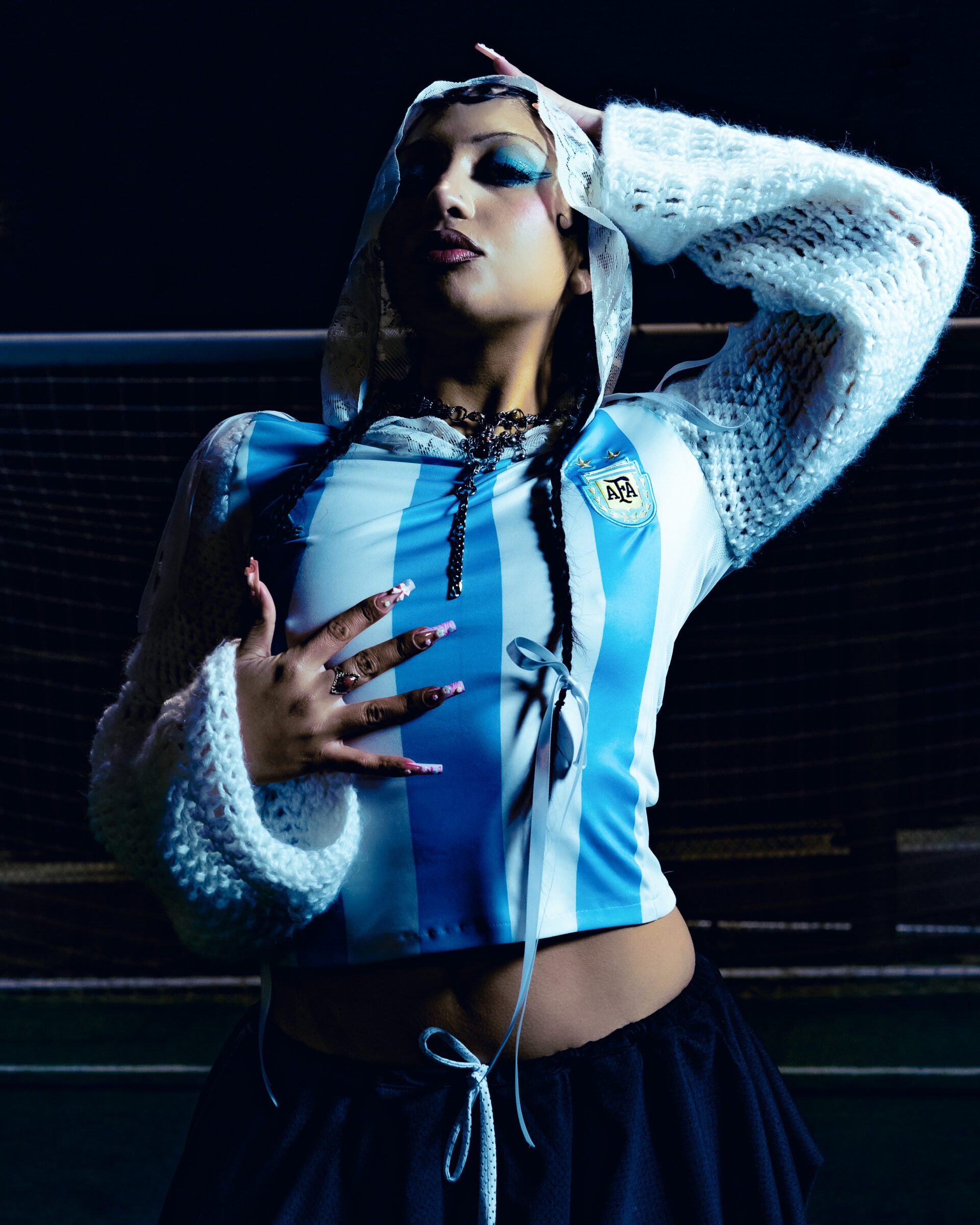
What’s it been like for you witnessing the growing rise of sport and fashion? Does it still excite you?
Yeah, one of my friends Matteo, who runs FC Magazine, was telling me that soccer is the new skating, in terms of being able to intersect art and sport. And I really relate to that. It’s exciting because of this popularity there’s more opportunities in the space now. A lot more people are engaging with my work, and you have all these fashion houses doing their takes on certain jerseys
What I really appreciate about my work is that it’s authentic. I truly love soccer. It was the first activity I felt really passionate about. I can only speak for my own work, and I think it shows how much I really love the game.
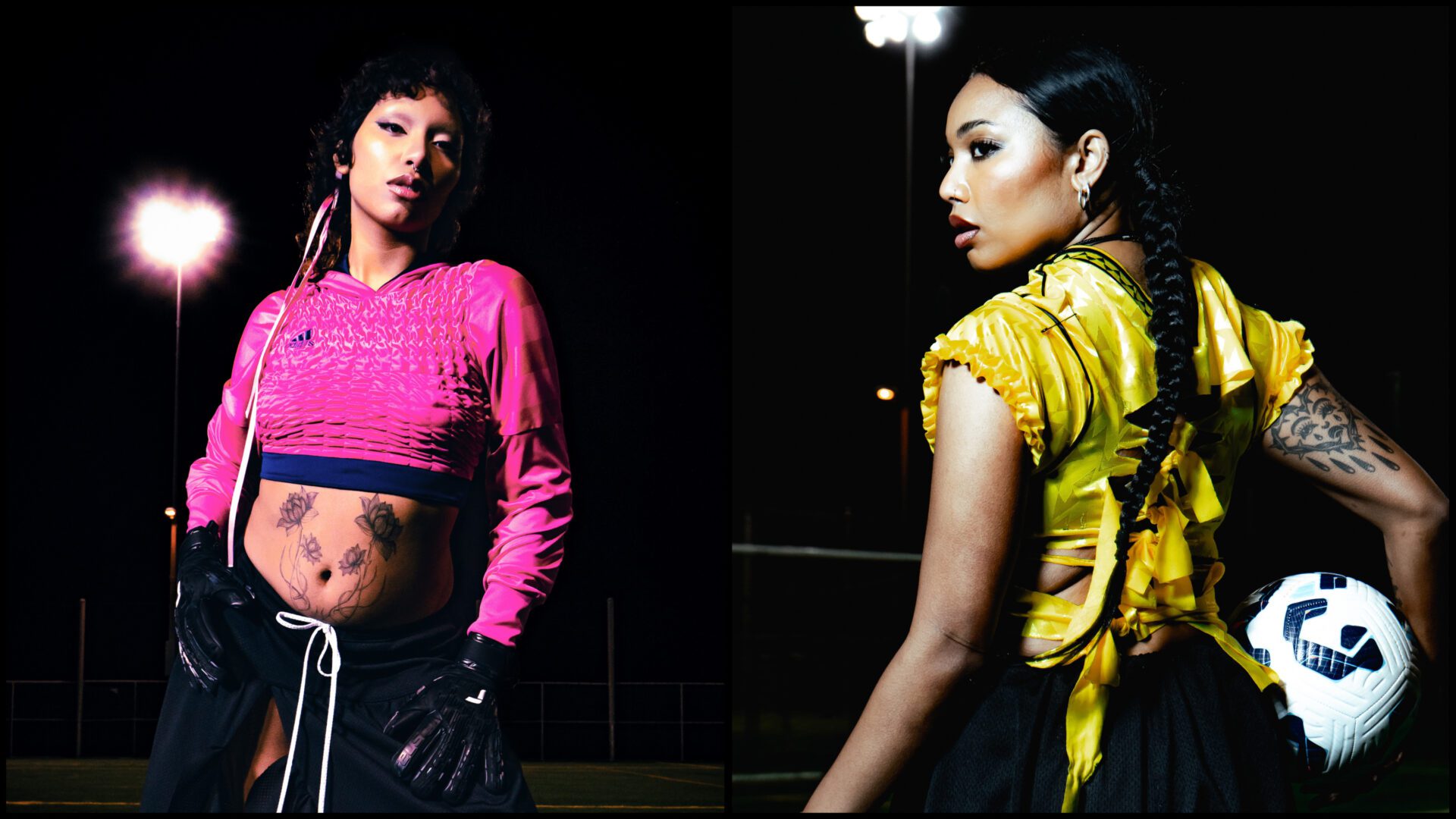
In football, kit consumption is a growing issue, with 60% of produced shirts getting destroyed year by year. You are only one person but how does upcycling help you promote a sustainable sport fashion culture?
Yeah it has a huge environmental impact. That’s why I work specifically with vintage jerseys. I am one person, but through my work I want to encourage people to reimagine materials that already exist. I love mixing old material with soccer jerseys because you can really elevate them. A lot of soccer jerseys today feel like micro-trends and you can see the lack of authenticity behind them. That’s why I host sewing workshops to provide people with other ways to engage in sustainable practices.
Last year, your work was showcased, a collection of jerseys you’ve done in the past. Could you describe that moment to me?
My friend Misael works with 11WRKSHOP, a brand in SF that does screen printing and upcycling, and he reached out to me about participating in a jersey showcase they were planning. I already had an archive of jerseys that I wanted to show, so it was a perfect opportunity to be able to connect with other artists putting their own creative spin on a jersey.
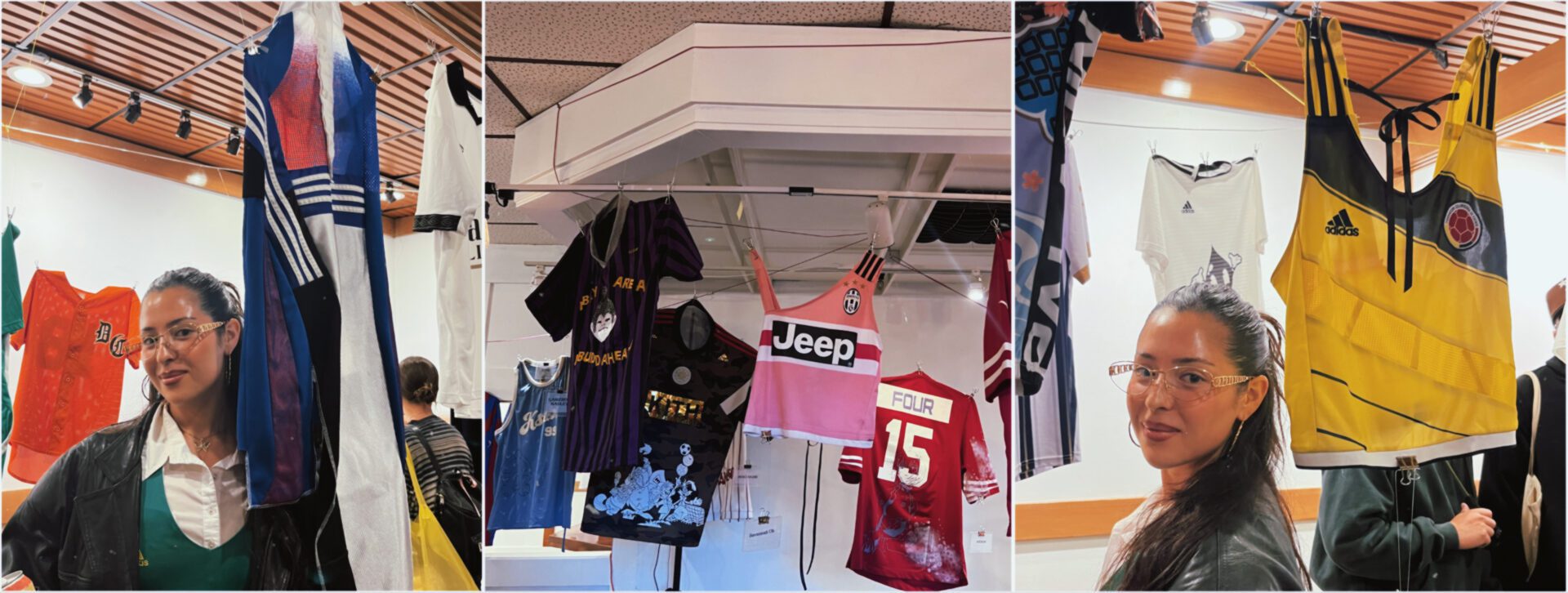
It was my first time doing something like this, and when you’re working in isolation and away from socials, it’s hard to know how your work’s being perceived. So seeing people engage with my work was just a reassuring feeling. It was such a positive response and I’m grateful for the team for including me. They’re trying to bring the showcase to NYC, and I’d love to see that happen.
You’ve done work recently with Neighborhood Sports Club, how important is it that you align with brands and companies that support your beliefs and visions?
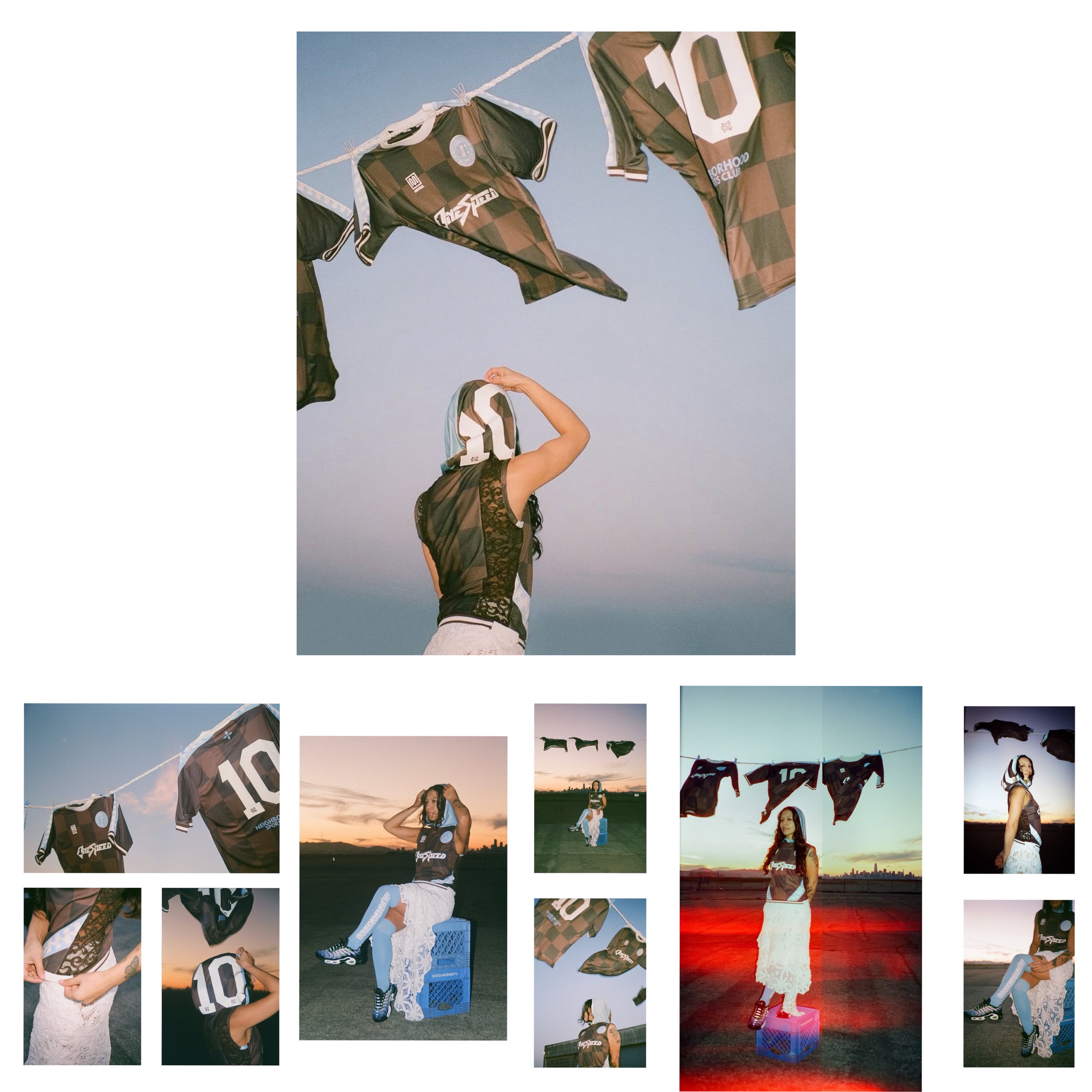
Extremely important. I never want to compromise on my beliefs, no matter how big I get. If I do, then I’ve failed. So it’s really important to me that anyone that I work or collaborate with aligns with my personal beliefs. Like with NSC, they’ve done a couple upcycling drops with other artists, and this one was special because I got to work with Jordan (Jesolva). Out of the three NSC founders, she’s the only woman and it was exciting to work as creative directors together.
A big component of your work is rooted in social justice: raising funds for organizations such as Heal Palestine and the National Day Laborer Organizing Network. Why is that so crucial for you?
The people I met in Oakland and the Bay had a huge impact on my politics. I really feel as an artist or creative, your work doesn’t mean anything unless you’re participating in these global movements for liberation. For me, upcycling is a political stance. You’re reducing waste and being mindful of the garment workers that produce a lot of the labor behind global fashion. Anytime that I can use my work to support these causes I will.
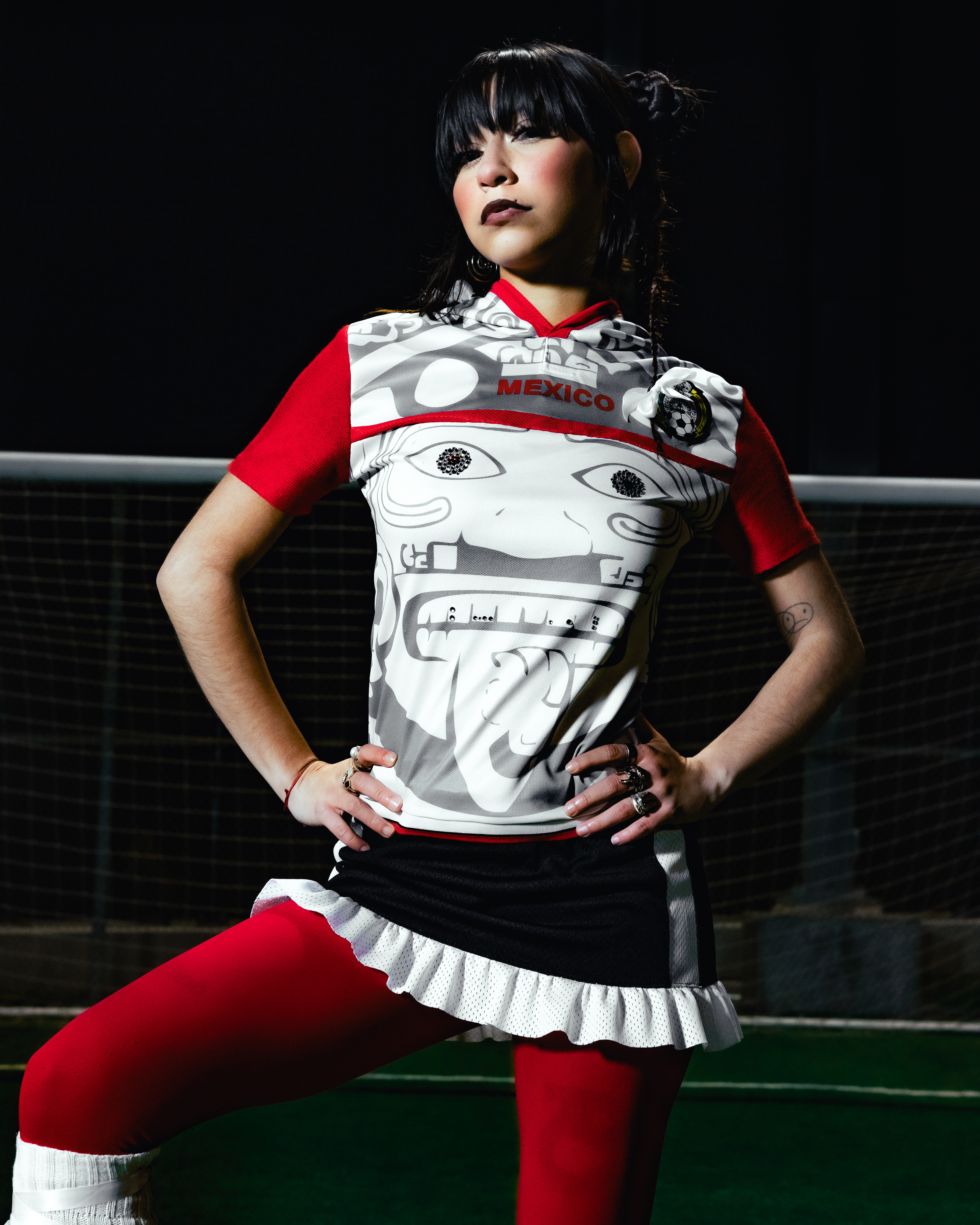
Recently, we were fundraising for communities targeted by ICE. It was important for me to help because these communities had such a profound impact on American soccer culture. It would be a missed opportunity not to advocate for them. Even if I can’t protest in LA, I’m doing what I can right here in NYC.
Your work is very purpose driven, with an emphasis on healing. How do you continue to hold on to that purpose as an artist even as the sport and fashion worlds continue to evolve?
I think the key component for that is healing. Working with my community, working with people who share my beliefs and values, that keeps my purpose close to me. Sometimes the big opportunities you get can compromise your morals and ethics. By working with creatives that align with me, I’m able to stay true to my vision.
I think it took me a long time to come to terms that I didn’t fail at soccer, and that the purest moments in my life weren’t playing in college. The joy I felt with the game was from playing with my family and friends. Connecting with other artists and collectives that share that love has helped continue to find that joy. (Shoutout Secret Futbol Club!) I’ve met a lot of great people so far and growing my community of folks who love soccer has helped me grow as well.

